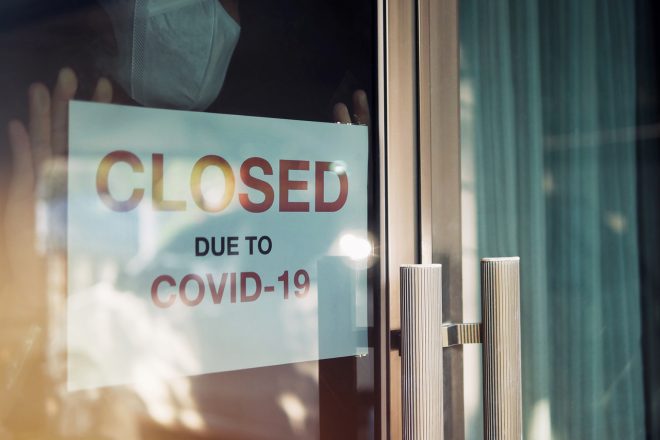Advertisment
The middle path to covid control

Article written by Christine Clark
As the number of signatures on the Great Barrington Declaration nears half a million, support for the focused protection that it advocates appears to be growing
There are many similarities between the approach described in the Great Barrington Declaration and the ‘middle path’ advocated by the World Health Organisation (WHO). In an interview for Spectator TV Professor David Nabarro, WHO special envoy for covid-19, describes this as, “holding the virus at bay whilst keeping economic and social life going”. Such an approach is potentially achievable but will be challenging, he acknowledges. In order to be successful it will require a robust scheme for infectious disease control, including testing, contact tracing and isolation. This needs to work in tandem with general measures – physical distancing, face protection, hand hygiene, self-isolation of infected cases and protection of those most at risk, he explains. Local actors need to be involved as much as possible, as local knowledge enables more effective responses to localised spikes of infection. Thirdly, everyone needs to be “onside” and “all pulling together”. This involves providing people with accurate information so that they have a good understanding of the issues and the measures that need to be implemented. It is an approach that is working well in East Asia, Germany and parts of Canada, he says.
Lockdowns
“Lockdown should not be used as the primary control measure”, says Professor Nabarro. Lockdown serves only one purpose and that is to stop everything to provide a “breathing space” that should be used for rebalancing or reorganising the overall response or building up track and trace systems, he adds. In addition to the damaging social and economic consequences for local communities, lockdowns have far-reaching effects; reductions in the volumes of trade and tourism can have disastrous effects for some poorer countries. The WHO anticipates a doubling in world poverty and childhood malnutrition by next year as a result of these effects. “Lockdowns have one consequence that you must never, ever belittle – that is, making poor people an awful lot poorer”, he said. Local, integrated responses would be preferable to lockdowns because they are more likely to bring about effective control and are far less damaging.
In the UK, data from the Office for National Statistics show that lockdowns have been almost completely ineffective at limiting the spread of infection with SARS-Cov-2, indeed case numbers actually rose spectacularly after the introduction of lockdowns. Leicester was the one notable exception – something that Professor Nabarro attributes to strong local engagement and an integrated approach.
Public Health England’s weekly covid surveillance reports show that by week 39 (week ending 27t h September) restaurants accounted for some four percent of incidents (confirmed outbreaks with two or more cases linked to a particular setting); far greater numbers of outbreaks were associated with care homes, educational settings and workplaces. In spite of this information, hospitality venues are now the targets of stringent lockdown measures.
Further support for the’ middle path’ comes from a recent independent modelling study which shows that a combination of case isolation, household quarantining and social distancing of the over-70s is more effective than general social distancing (for reducing deaths) and that, perhaps counter-intuitively, adding school and university closures to the other measures actually results in a greater number of deaths.1
The two approaches described, ‘focused protection’ and ‘the middle way’ are broadly similar. They should both reduce harm (from disease) to the vulnerable and reduce economic and social harm to those at little risk from the disease. They go hand-in-hand with clear, honest, accurate public health messaging about levels of risk and the measures required to minimise the risks.
References
1.Rice K, Wynne B, Martin V, Ackland GJ. Effect of school closures on mortality from coronavirus disease 2019: old and new predictions. BMJ 2020;371:m3588
CMC 14.10.20





